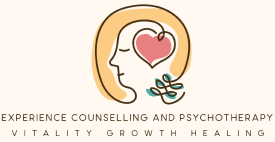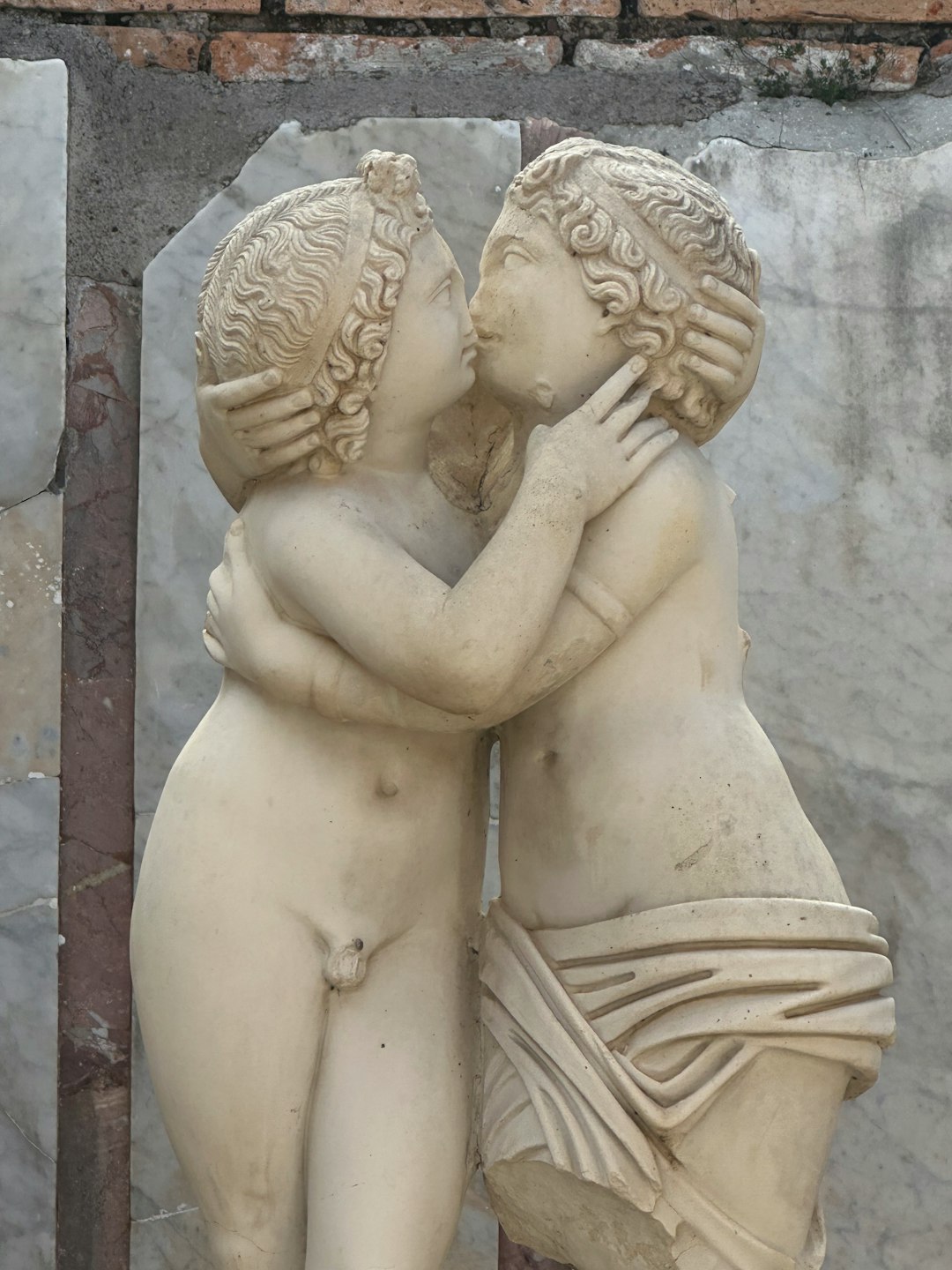Experiential Dynamic Therapy
Experiential Dynamic Therapy (EDT) is a powerful and accelerated form of treatment that brings caring attention to automatic defenses, anxiety, and emotions in the here-and-now of the therapy room. In collaboration with each client and couple, I work towards healthy emotional regulation and expression, creating corrective emotional experiences from the start. Many clients describe this intense and focused therapeutic work as extremely powerful, freeing, and ultimately, transformative.
At Experience Counselling and Psychotherapy, I integrate two highly effective EDT modalities: AEDP and ISTDP.
AEDP – Accelerated Experiential Dynamic Psychotherapy
[In AEDP Psychotherapy] we try to help our patients and ourselves become stronger at the broken places. By working with trauma, loss, and painful consequences, we discover places that have always been strong, places that were never broken (https://aedpinstitute.org, 2024).
AEDP is deeply relational and utilises the science of neurobiology, attachment, and experiential learning to transform trauma and suffering into growth and development. It has a growing evidence base that shows its effectiveness in treating a variety of psychological concerns, including depression, negative thinking, and avoidance. I am a Level 2 AEDP Practitioner.
ISTDP – Intensive Short-Term Dynamic Psychotherapy
ISTDP is a highly active and focused form of psychodynamic psychotherapy with a strong evidence base. By assisting clients to let go of harmful defenses and regulate anxiety, ISTDP facilitates the direct experience of feelings about the past and present. This process moves one beyond insight to actual resolution of core emotional conflicts that create suffering in the client’s life. I am in the final year of a three year Core Training Program in ISTDP with ISTDP Australia.
The Developmental Model of Couples Therapy
The Developmental Model of Couples Therapy, developed by Ellyn Bader and Peter Pearson, provides a guide for understanding the natural stages and struggles couples face in their partnership. It focuses on the growth and development of each individual partner and of the couple as a unique and ever-changing unit. The Developmental Model, combined with the transformative techniques of EDT, allows for a rich and enlivening experience in the therapy room as couples find their way back to each other and themselves.
The Developmental Model integrates:
- Attachment theory: Helping couples understand each partner’s attachment pattern and develop a more secure attachment.
- Differentiation theory: Helping couples to manage their differences and grow as a unit, so their relationship stays vital and rewarding.
- Neuroscience: Using the science of the brain to help couples improve their communication and interpersonal dynamics.
AEDP, ISTDP and the Developmental Model require a certain level of vulnerability and accountability, both from the client or couple and from me as the therapist. This means I am constantly challenged and rewarded as I continue to grow and stretch alongside my clients, who are my best teachers.
For more information on the above therapy modalities, please refer to the resources below.

Websites
The AEDP Institute – https://aedpinstitute.org/
The Couples Institute – https://www.couplesinstitute.com/
ISTDP Australia – https://www.istdp.com.au/
Books for Individuals and Couples
Bader, E., Pearson P. T., & Schwartz, J. D. (2001). Tell me no lies: How to stop lying to your partner and yourself in the 4 stages of marriage. St Martin’s Press.
Frederick, R. J. (2009). Living like you mean it: Use the wisdom and power of your emotions to get the life you really want. Jossey-Bass.
Frederick, R. J. (2019). Loving like you mean it: Use the power of emotional mindfulness to transform your relationships. Central Recovery Press.
Frederickson, J. (2017). The lies we tell ourselves: How to face the truth, accept yourself, and create a better life. Seven Leaves.
Hendel, H. J. (2019). It’s not always depression: A new therapy of listening to your body, discovering core emotions and reconnecting your authentic self. Penguin UK.
May, M. M. (2024). What I couldn’t tell my therapist: The truth we told to heal our lives. Seven Leaves.
Reilly, W. M. (2024). It takes one to tango: How I rescued my marriage with (almost) no help from my spouse – and how you can, too. Gallery Books.
Community – People I learn with and from
Australian Association of Social Workers – https://www.aasw.asn.au/
Dr Maury Joseph – Clinical psychologist, teacher, and supervisor – https://mauryjoseph.com/
Dynamic Psychotherapy – Psychologists in Carlton Melbourne – https://www.dynamicpsychotherapy.com.au/
International Experiential Dynamic Therapy Association – https://iedta.net/
The PORT Institute (Presence Oriented Relationship Therapy) – https://relate.online/pages/presence-oriented-relationship-therapy
Whitney and Associates – Clinical psychology and psychotherapy services in NSW and Worldwide – https://www.whitneyandassociates.com.au/



